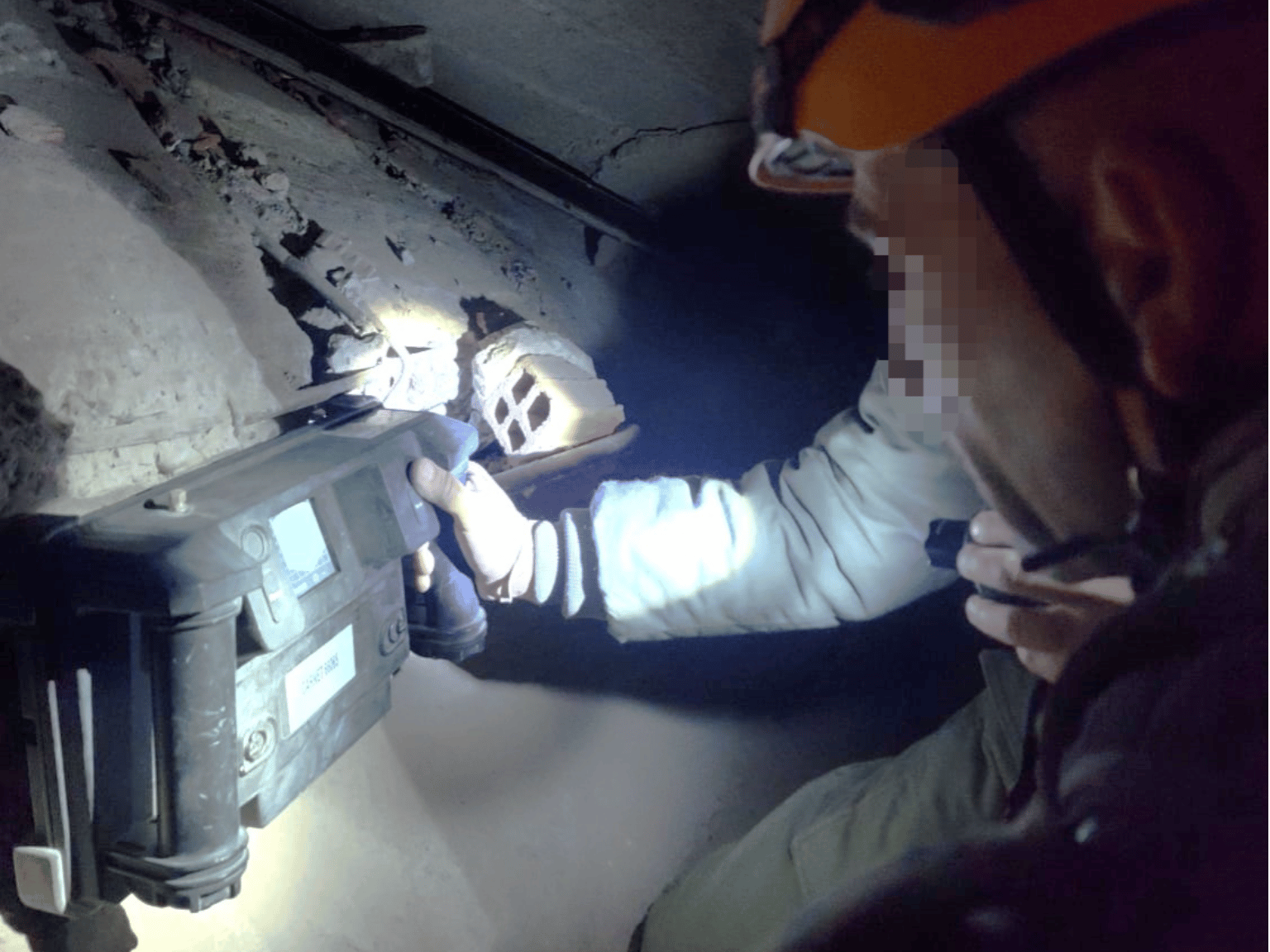Breathing detectors help save lives in Turkey earthquake rescue effort
- February 22, 2023
- 7:55 am


Iain Hoey
Share this content
Camero-Tech – a member of the SK Group and a pioneer and world-leader in the design and manufacture of pulse-based UWB micro-power radar ‘Through Wall Imaging’ systems – supplied its Xaver 400 and Xaver 100 systems to the search and rescue expedition sent by the IDF Home Front Command SAR Unit to the disaster area in Turkey.
These systems – which are capable of detecting the breathing of living people buried under layers of debris/ rubble, even without movement – are part of the company’s overall search & rescue kit, which is fully equipped with Camero-Tech’s STTW radar imaging systems, enabling search and rescue teams to detect live objects in disaster scenarios such as earthquakes, tsunamis, and fires.
Amir Beeri, CEO and founder of Camero-Tech, said: “As our hearts go out to all those who have been affected by this tragic event, we are proud that we have been able to assist the rescue efforts, using Camero systems to successfully save lives.
“The technology we have developed over the years, which is usually used in military and law enforcement missions, continues to prove its effectiveness in its original purpose of saving lives. This is not the first time we have witnessed the success of our unique technology in disaster areas; it was also used to locate and rescue survivors following the 2017 earthquake in Mexico.”
How it works
On arrival at the scene of a disaster, Camero’s compact search & rescue kit is ready to be deployed in less than a minute, enabling teams in the field to move agilely even in harsh environments, and to locate life under debris and collapsed buildings.
The kit contains two Camero Xaver 100 systems, a Xaver 400, a XaverNet and various rescue accessories – including a variety of straps, holding devices, and more – that can be used in a variety of situations.
The Xaver 100 is a compact, handheld detector and tracker that provides reliable primary information on the existence of live objects. It facilitates faster go/ no-go decision-making when searching in major disaster areas, such as collapsed buildings with many rooms and voids.
The Xaver 400 is a compact radar-based device that provides accurate, real-time, mission-critical information on live and static objects, indicating their location within a structure. It also provides simultaneous detection of static and moving objects.
The XaverNet is a remote wireless ToughPad that simultaneously controls and monitors up to four Xaver systems, enabling real-time visual data and data recording/ playback in multiple locations within the disaster area. It is the force multiplier that speeds up the process of finding survivors. The critical data can also be used for post-mission analysis and training.



